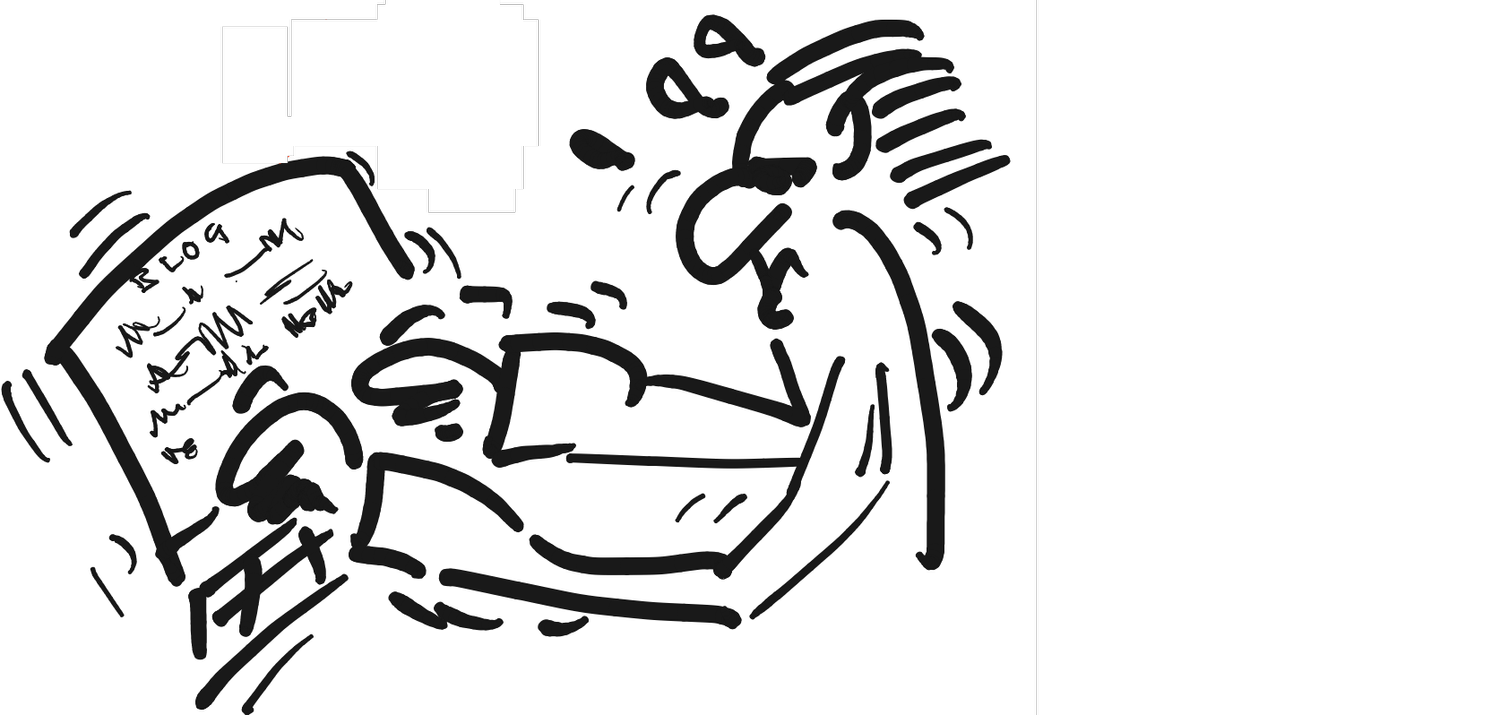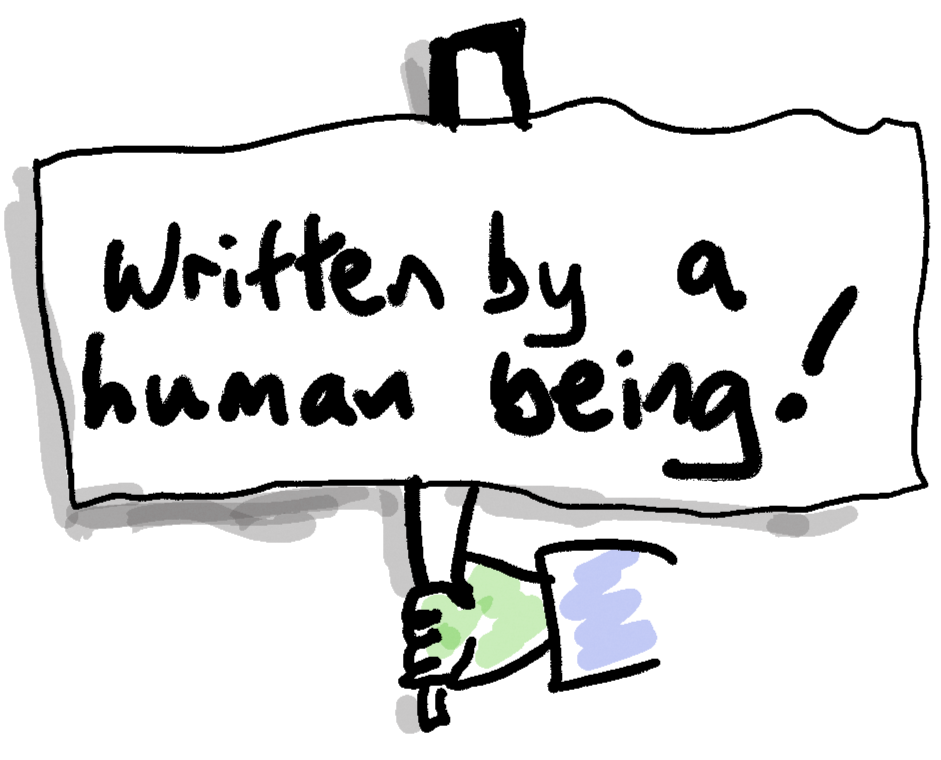STOP PRESS: NEW ONE-DAY COURSE ON CREATIVE WRITING WITH CONSTRAINTS. SEE BELOW.
A recent post by Joel J Miller reminded me of this review I’d written back in 2020. I hope you find it interesting.
I’ve written about the Oulipo movement before on this blog. Commonly referred to as a workshop of potential literature, it advocates and plays with the use of constraints and mathematical devices to create new writing.
No movement is fully independent of the age in which it is born, and the Oulipo is no exception. In this book Duncan demonstrates this through meticulous research, including the exploration of the minutes of the Oulipo’s meetings.
Interestingly, Duncan reveals that a more accurate translation of the group’s name might be work room rather than workshop. Not only did the original creators of the group think of it as a literary version of a sewing circle, there is also the issue that the word “workshop” has taken on an entirely different meaning of its own. If you have ever done a creative writing course you will know that to workshop means to share and critique one’s writing.
Another fascinating fact to emerge from this book is that the main protagonists moved in similar circles. Thus it might be, for example, that a writer would know or attend the lectures of a philosopher. Unfortunately, I don’t have the book any longer (I borrowed it from the library), so I cannot relate all the details. What it means, though, is that there was a great deal of intellectual stimulation affecting all concerned.
The Oulipians, as we might call them, were completely against — one might go so far as to say antagonistic towards — the surrealists. Whereas the latter would go to extreme lengths to empty their minds of preconceived ideas in order to see what might “come up” from the subconscious, the former would (at least at first) approach writing in a very mechanical way. That is to say, they appeared to want to cut the author out of the picture altogether. It is no accident, for example, that Calvino envisaged, in Cybernetics and Ghosts, writing undertaken by a computer — the creative aspect of the craft would be left in the reader’s hands. This was back in 1967, when computing was in its infancy as far as artificial intelligence (or machine learning, as it was called) was concerned.
(This was not a new idea, of course. In Gulliver’s Travels Jonathan Swift imagined a writing machine that could turn out books once it had had data fed into it, by rearranging words or groups of words:
“... Every one knew how laborious the usual method is of attaining to arts and sciences; whereas, by his contrivance, the most ignorant person, at a reasonable charge, and with a little bodily labour, might write books in philosophy, poetry, politics, laws, mathematics, and theology, without the least assistance from genius or study.”)
Mind you, there’s a bit of playful subterfuge going on here. Take the S+7 approach, whereby the nouns in a piece of text are replaced by the seventh noun along in the dictionary. For example:
If a picture paints a thousand words
becomes:
If a pillar panels a ticket worlds
That would seem to be an objective procedure. However, the author gets to choose which dictionary he or she uses and may also cheat by not using the seventh noun but the sixth or eighth one instead, if that produces a more pleasing effect.
These days, the Oulipo’s approach is no longer confined to members of the Oulipo. Rather, several non-members have come up with ideas for creating new forms of literature. The term “Oulipian” now belongs to everybody.
This is by no means an easy read. It’s highly academic, but it is comprehensive, with copious footnotes and a huge bibliography. If your interest in the Oulipo goes beyond simply trying out their techniques, and you wish to learn about the context in which it was conceived and the developments in went through, you will find this book very useful.
Notes
The article that reminded me was this review of The Index, written by the same author:
In case you’re interested, my own review of The Index, and my review of Book Parts, edited by Dennis Duncan, is here:
This article first appeared in my Eclecticism newsletter. Click the pic below to browse it.







